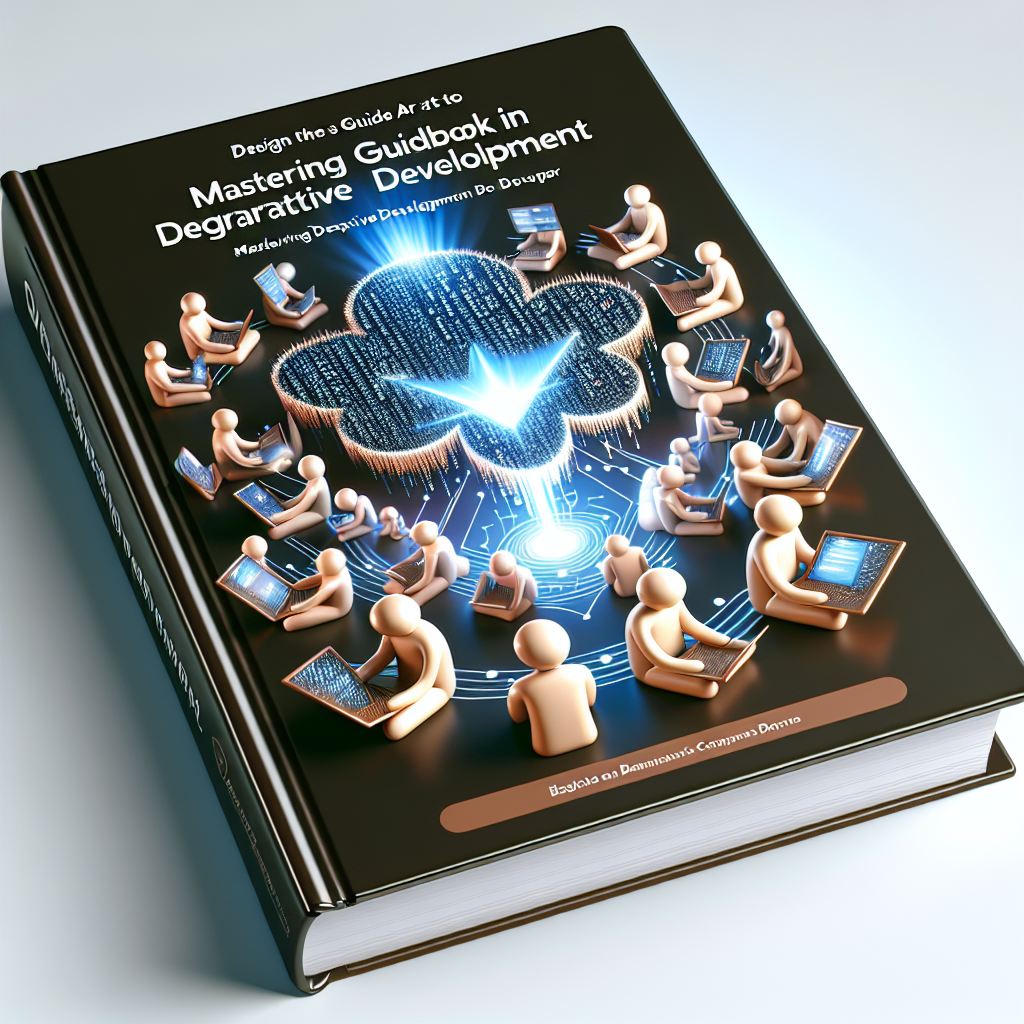Salesforce is a powerful platform that allows users to create custom applications and automate business processes without writing code. One of the key features of Salesforce is its support for declarative development, which allows users to create and customize applications using point-and-click tools rather than writing code.
Mastering declarative development in Salesforce is essential for anyone looking to build custom applications or automate business processes. In this beginner’s guide, we will explore the basics of declarative development in Salesforce and provide tips and best practices for getting started.
What is Declarative Development?
Declarative development in Salesforce refers to the process of creating and customizing applications using point-and-click tools, such as the Salesforce Lightning App Builder or Process Builder, rather than writing code. This approach allows users to quickly and easily build custom applications without the need for a deep understanding of programming languages.
Declarative development in Salesforce is ideal for business users, admins, and developers who want to create custom solutions without writing code. By using point-and-click tools, users can create custom objects, fields, workflows, and more to meet their specific business needs.
Getting Started with Declarative Development
To get started with declarative development in Salesforce, it is important to familiarize yourself with the various point-and-click tools available in the platform. Some of the key tools for declarative development include:
1. Salesforce Lightning App Builder: The Lightning App Builder allows users to create custom pages and apps using pre-built components. Users can drag and drop components onto the page, customize their properties, and arrange them to create a custom user interface.
2. Process Builder: The Process Builder allows users to automate business processes by creating workflows without writing code. Users can define criteria and actions to be taken when the criteria are met, such as sending email alerts or updating records.
3. Flow Builder: The Flow Builder allows users to create custom flows to automate business processes and guide users through specific tasks. Flows can include screens, decisions, and actions to create interactive user experiences.
Tips for Mastering Declarative Development
To master declarative development in Salesforce, consider the following tips and best practices:
1. Start with the basics: Begin by familiarizing yourself with the basic point-and-click tools in Salesforce, such as the Lightning App Builder and Process Builder. Practice creating custom objects, fields, and workflows to build your skills.
2. Take advantage of Trailhead: Salesforce Trailhead is a free online learning platform that offers interactive tutorials and modules on various topics, including declarative development. Take advantage of Trailhead to learn new skills and earn badges to showcase your expertise.
3. Join the Salesforce community: Join online forums, user groups, and events to connect with other Salesforce users and experts. The Salesforce community is a valuable resource for learning new skills, sharing best practices, and getting help with complex problems.
4. Experiment and practice: The best way to master declarative development in Salesforce is to practice and experiment with different tools and features. Create sample applications, workflows, and processes to test your skills and gain hands-on experience.
In conclusion, mastering declarative development in Salesforce is essential for anyone looking to build custom applications or automate business processes. By familiarizing yourself with the various point-and-click tools available in the platform, practicing your skills, and seeking out resources and support from the Salesforce community, you can become proficient in creating custom solutions without writing code. With dedication and practice, you can become a declarative development expert and unlock the full potential of the Salesforce platform.


Leave a Reply